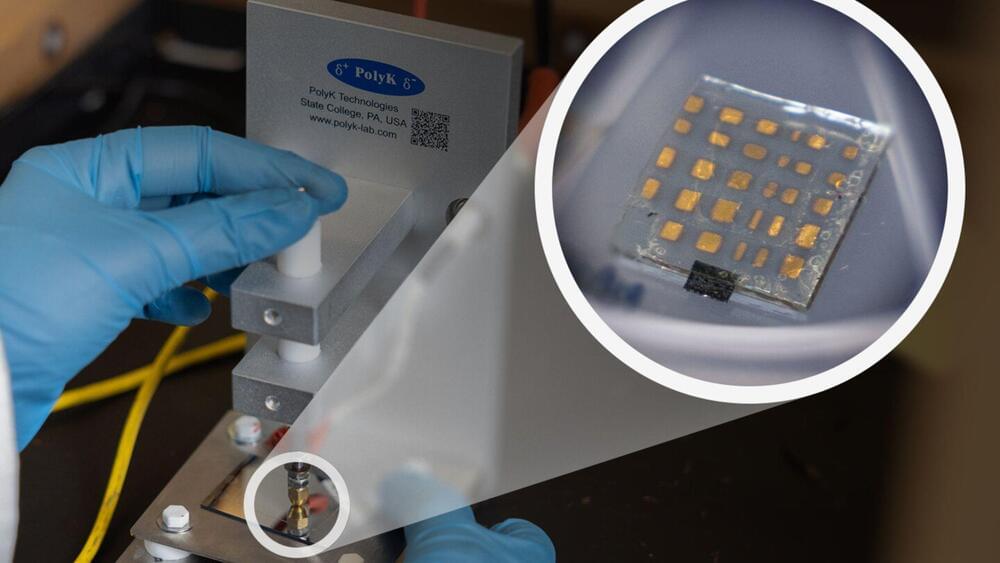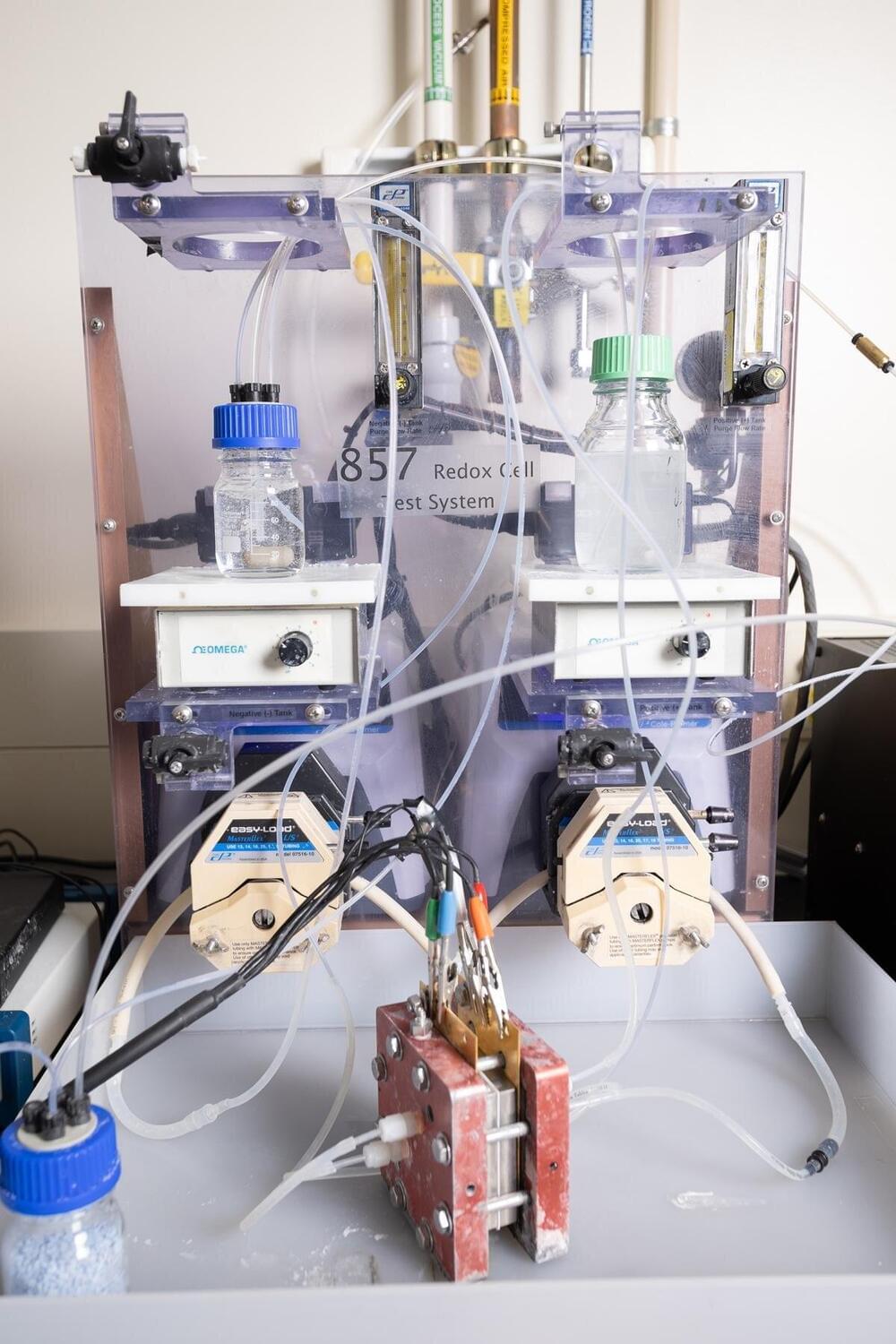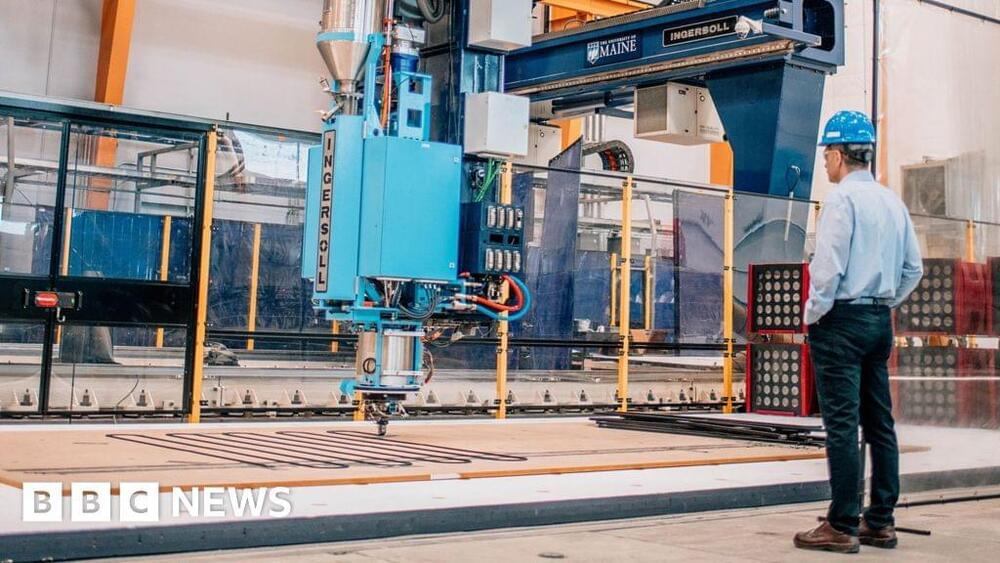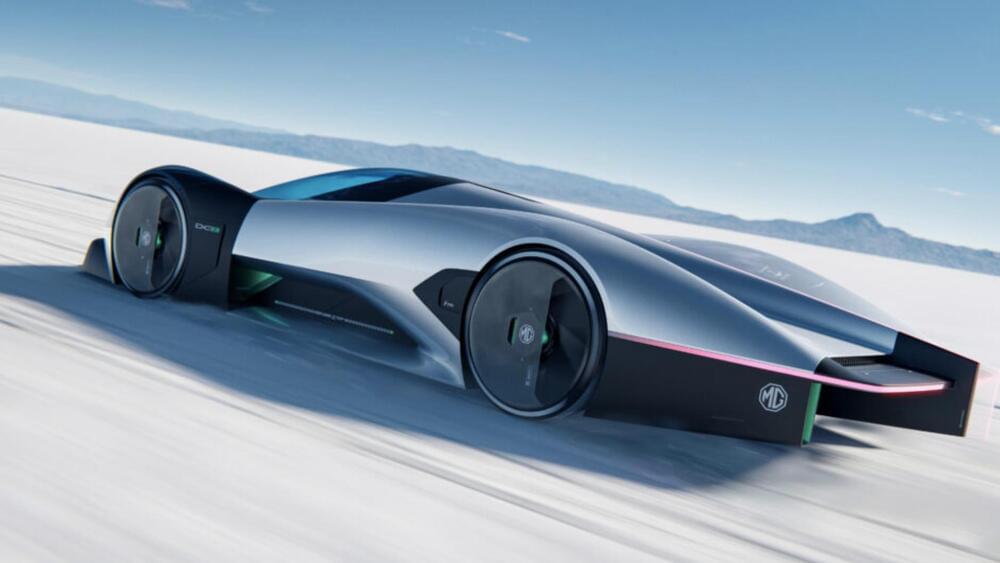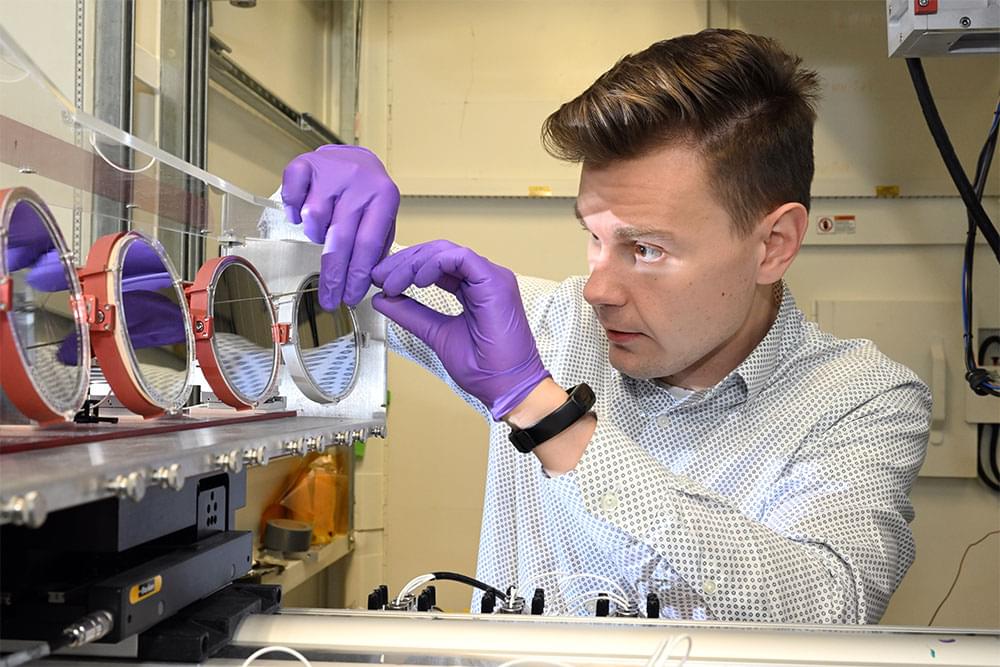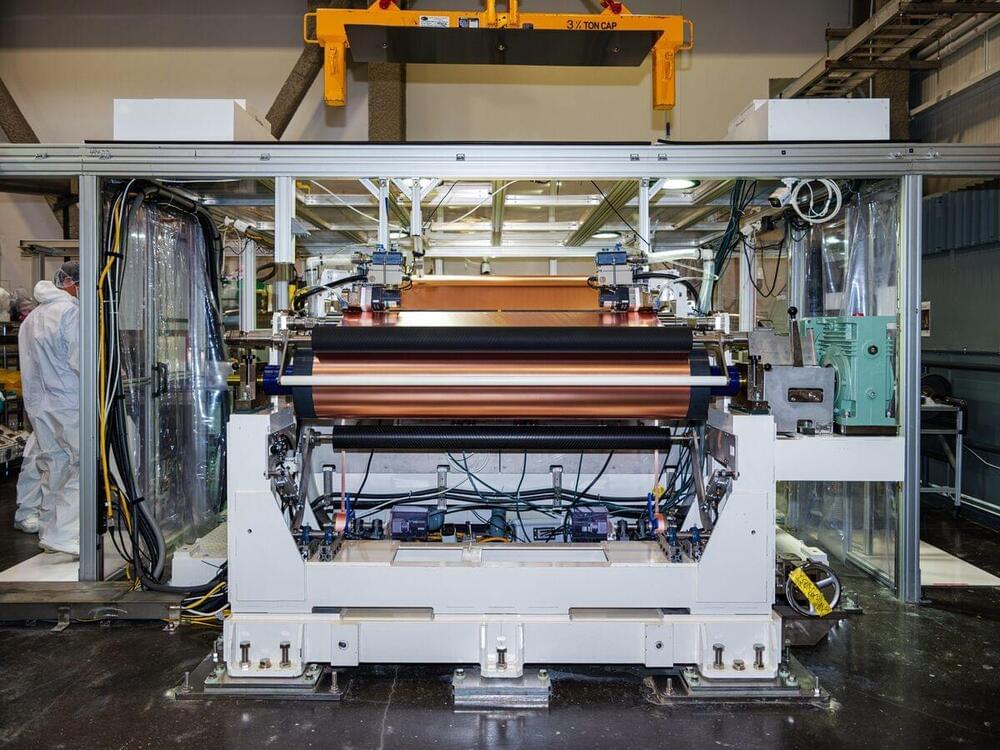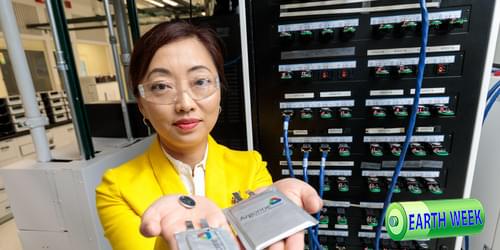Apr 28, 2024
Researchers develop new capacitors with game-changing density
Posted by Gemechu Taye in categories: chemistry, energy, engineering, sustainability
Dielectric capacitors are ubiquitous components that play a vital role in electronic devices and energy storage systems. Their ability to rapidly discharge significant amounts of energy makes them indispensable for high-power applications.
“High-energy and high-power capacitors are the backbone of reliable power supplies, especially as we transition towards renewable energy sources,” explains Alamgir Karim, Dow Chair and Welch Foundation Professor of Chemical Engineering at UH and a faculty mentor on the project. “However, current dielectric capacitors fall short in terms of energy storage capacity compared to other options like batteries. The advantage of capacitors lies in their superior power density, making them a more suitable choice for various applications.”
The key factor influencing a capacitor’s energy storage is a combination of its permittivity (ε) and dielectric breakdown strength (EBD). Professor Karim emphasizes, “To enhance a capacitor’s energy storage, advancements in both these aspects are crucial.”
